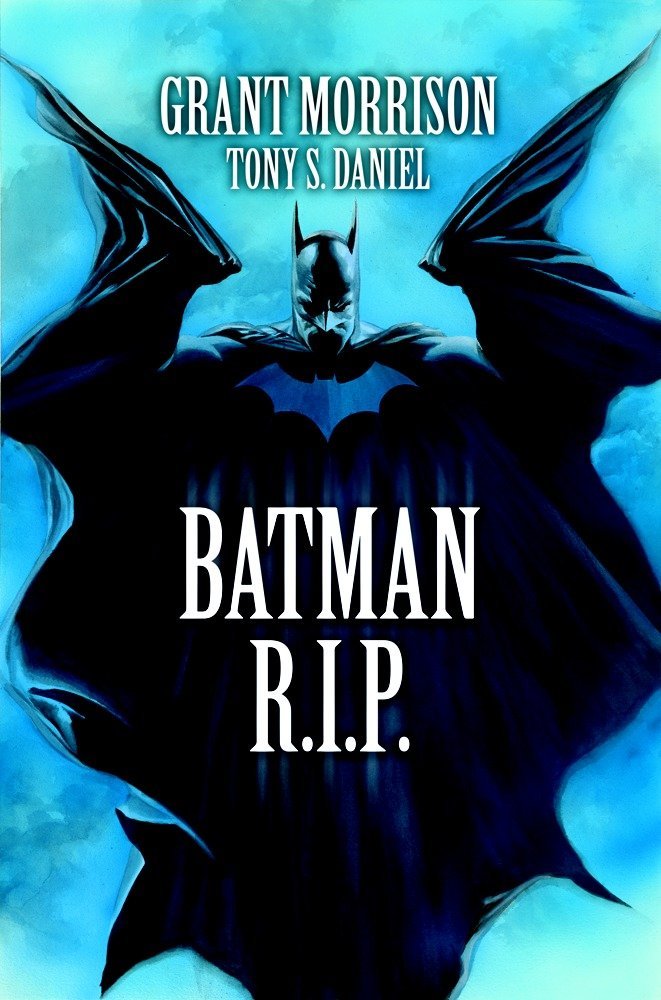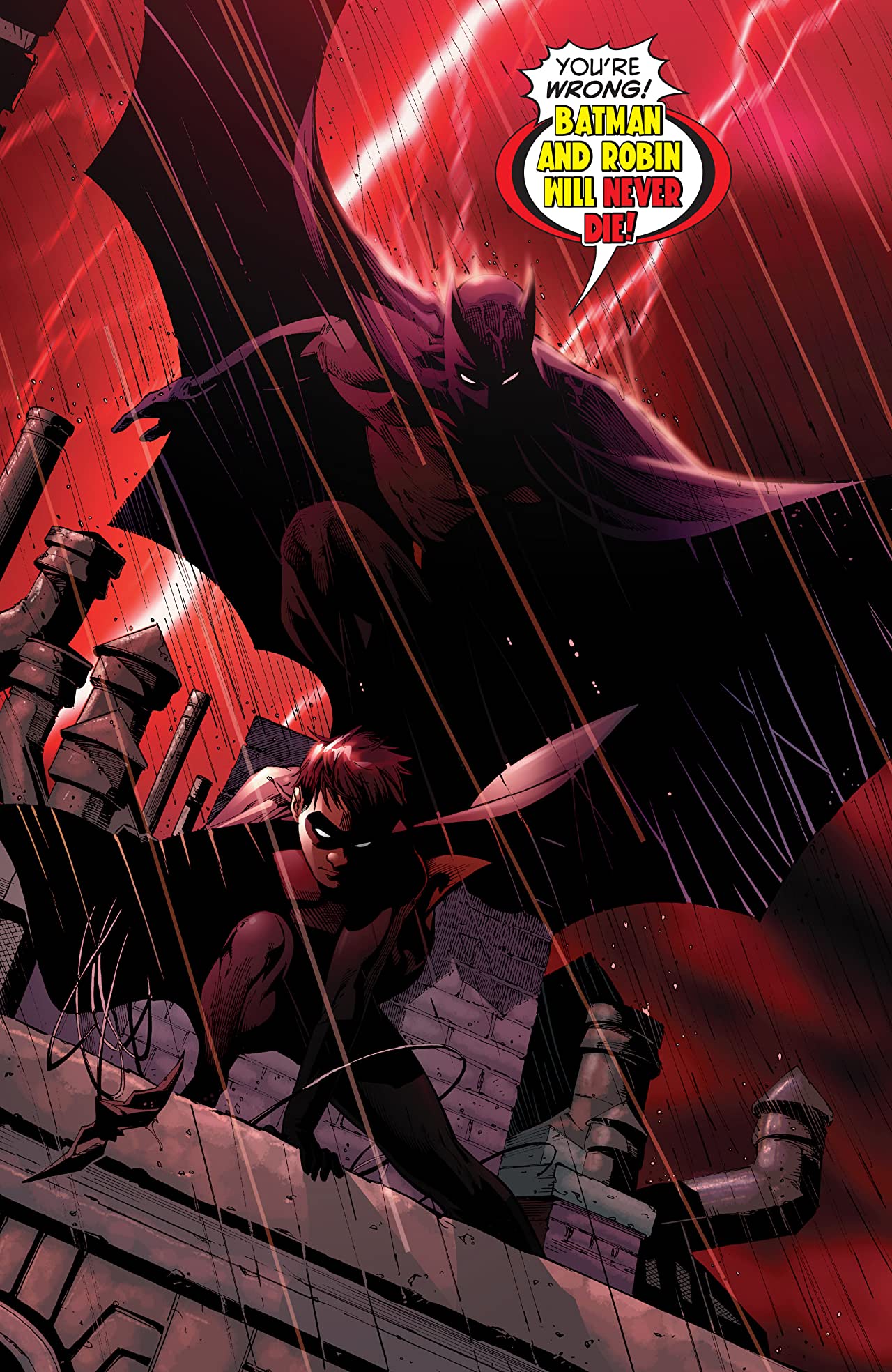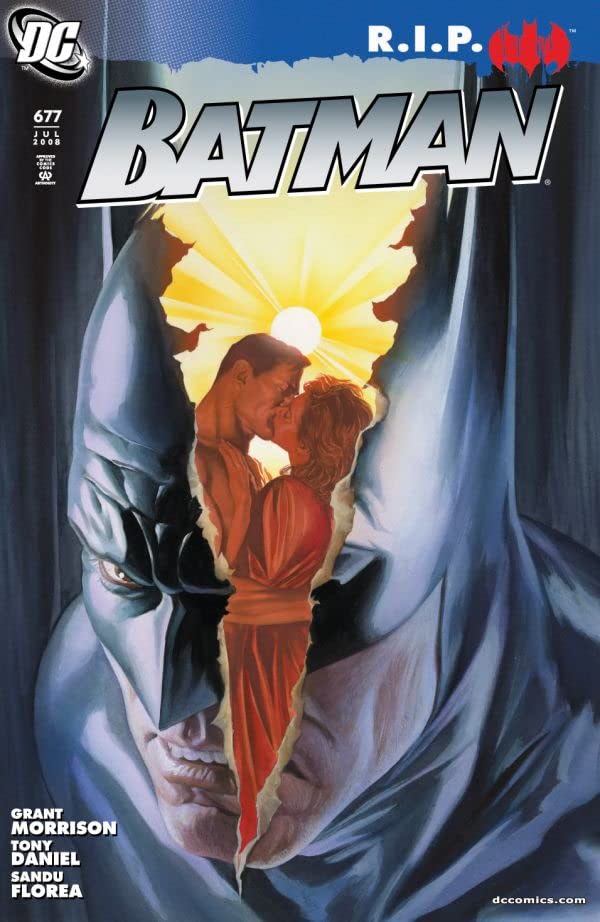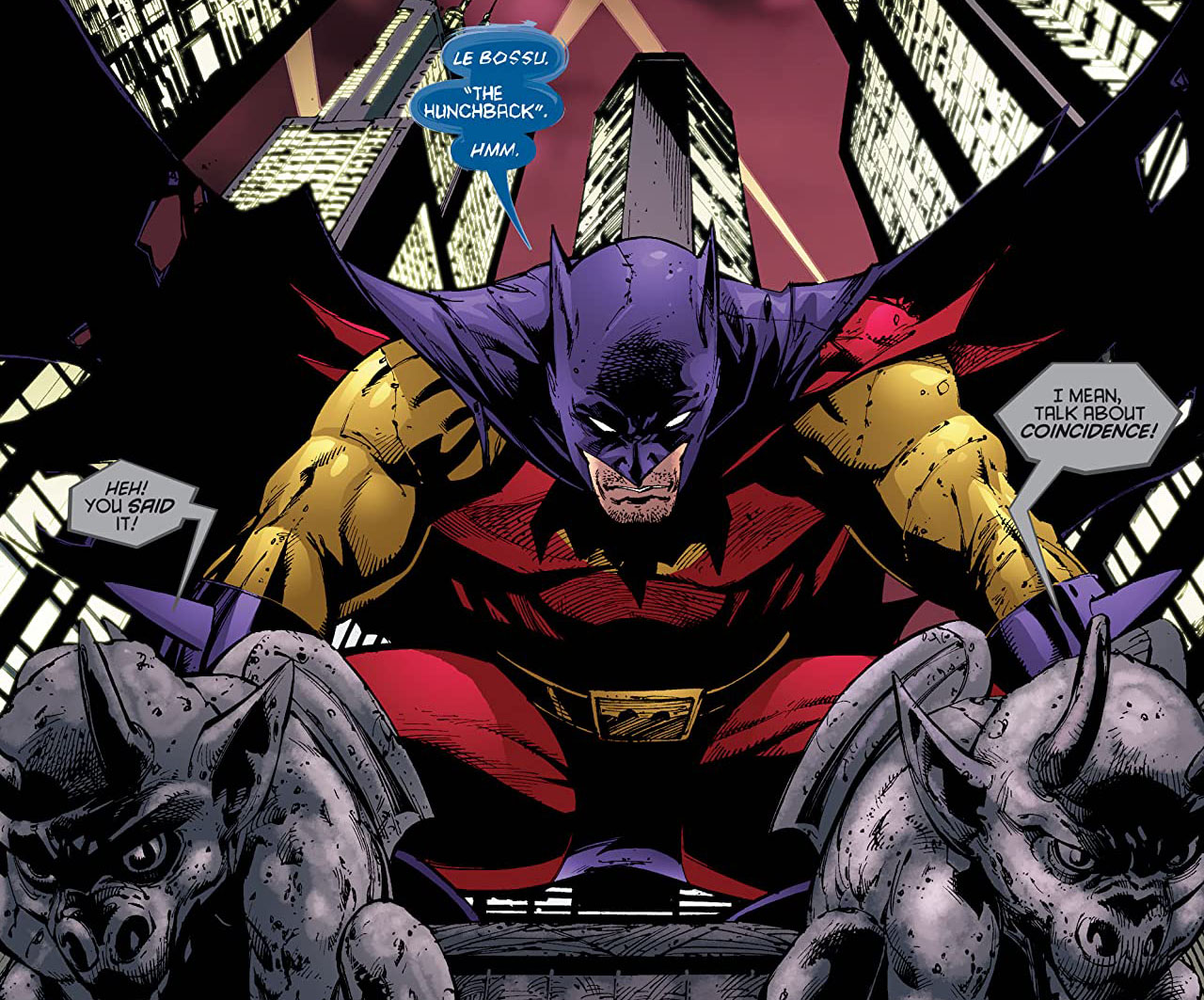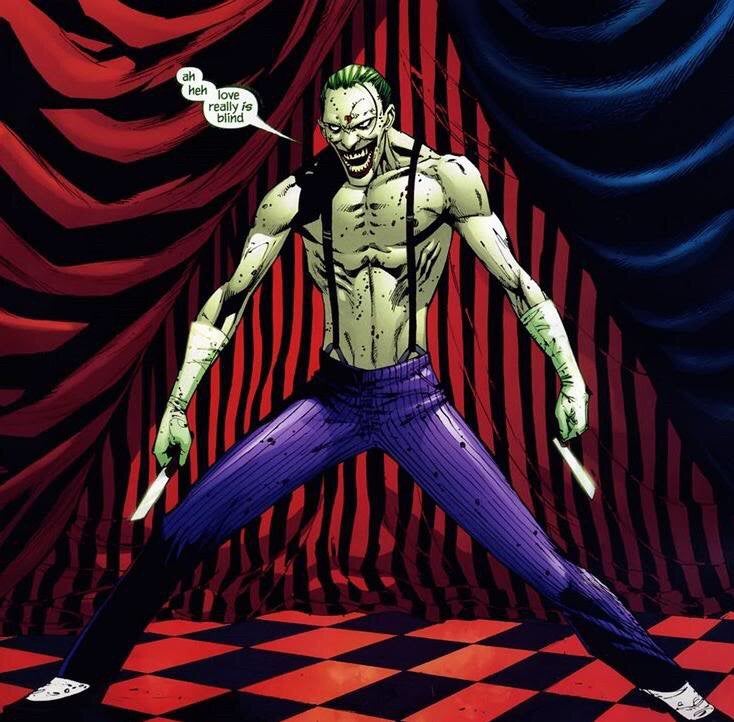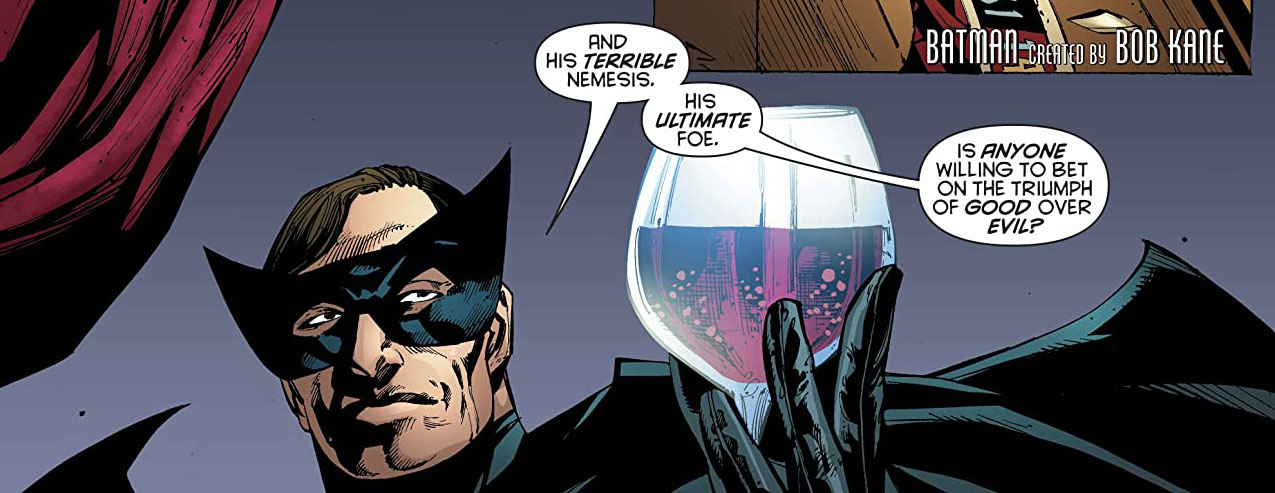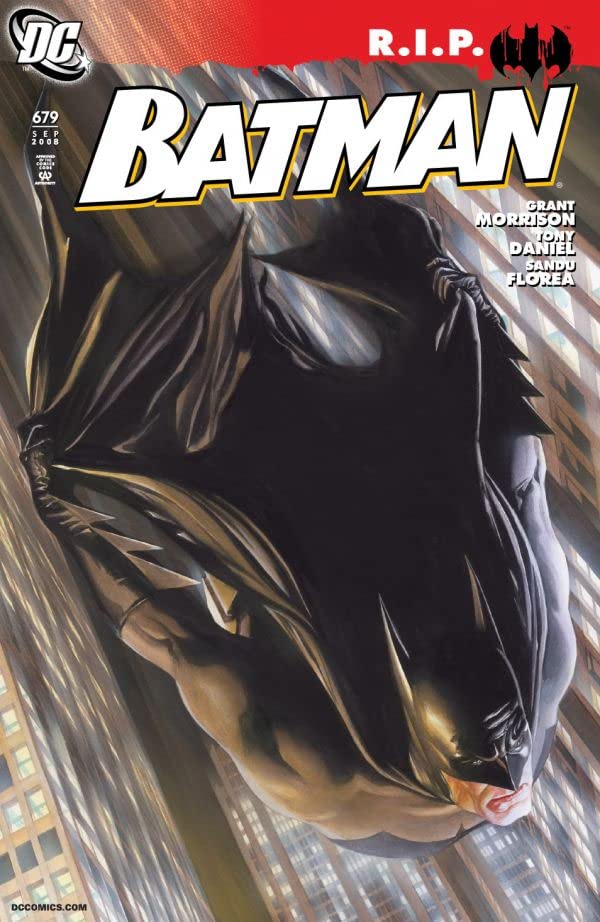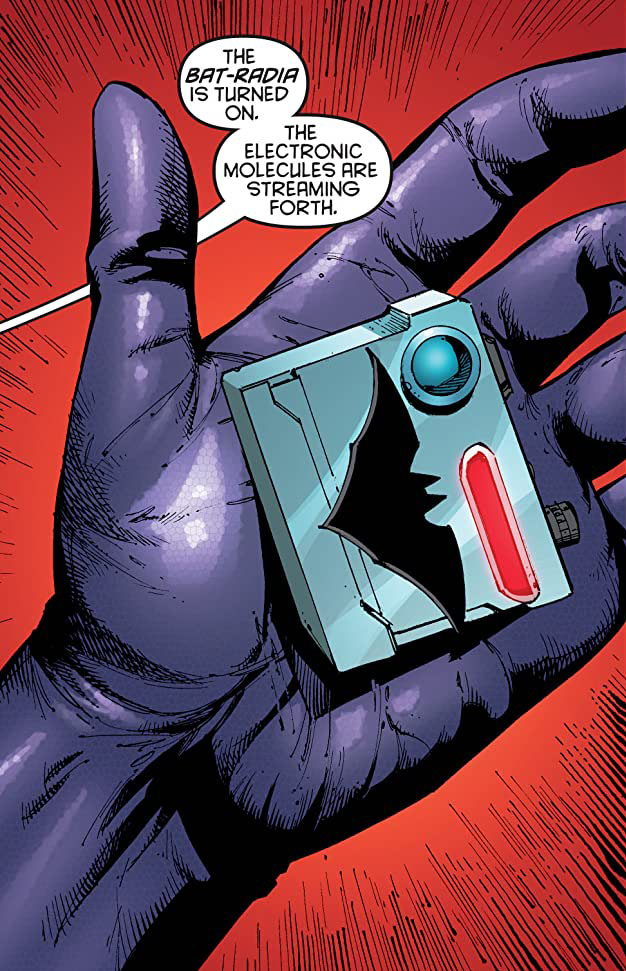Batman R.I.P. retrospective: Exploring the story behind one of the Dark Knight's best stories
Getting inside Grant Morrison and Tony S. Daniel's seminal Batman storyarc
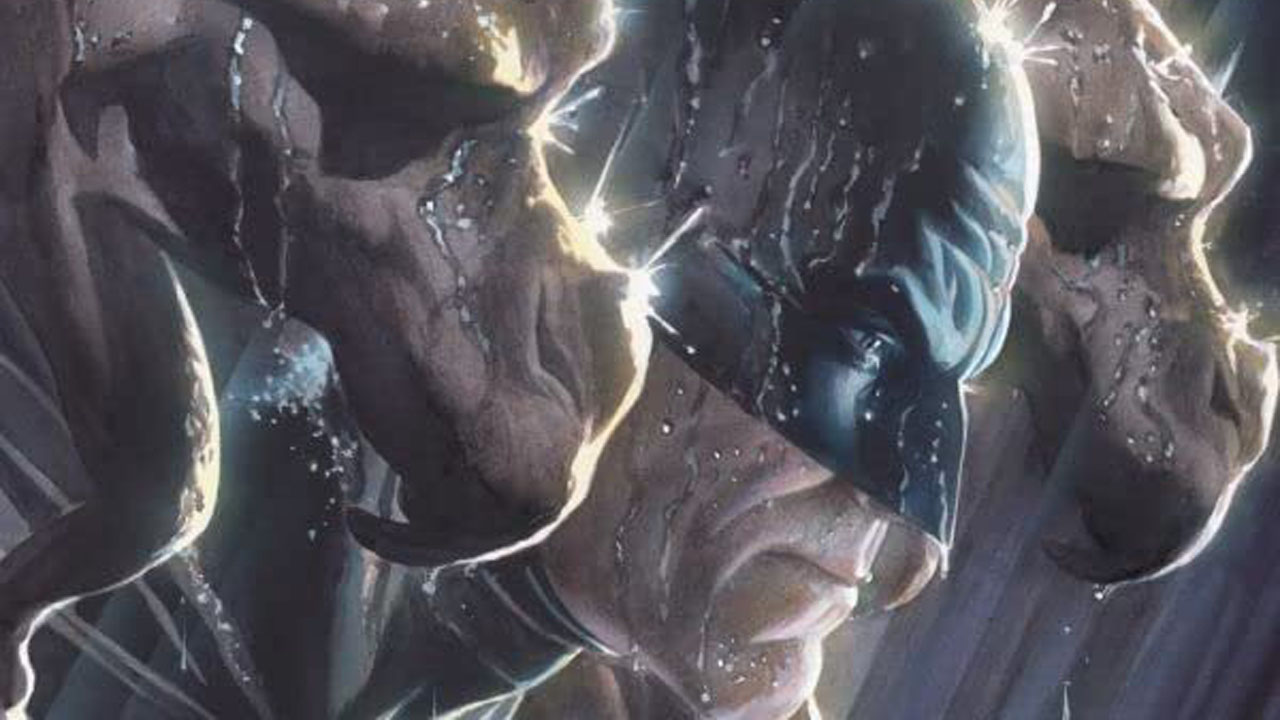
In 2008, Batman was killed in the pages of the DC event series Final Crisis - but the story of that death was explored in the character's own title by long-time Batman scribe Grant Morrison and artist Tony S. Daniel in the seminal arc 'Batman R.I.P.'
With a title like 'Batman R.I.P,' after the original announcement fans were wildly speculating not just how Batman would die - but whether DC would even go through with it.
The Black Glove organization wanted to destroy the Dark Knight for everything he stood for. This broke down the superhero (and the man), leaving room for other Bat heroes to stand up to the plate and fill the gap the caped crusader left in his absence.
In the years since this arc's publication, 'Batman R.I.P.' has grown to be one of the most memorable modern Batman stories - and for many, the quintessential story in Morrison's long run with the character.
With that in mind, Newsarama reached out to those involved in the book for an insider's perspective on how it happened, as well as how it sold at the time from a comic book store perspective. With them, we explore the initial pitch, the reaction inside DC, and how it filtered through to the artist's pages and onto comic book shelves.
Newsarama: How did the idea for 'Batman R.I.P.' come about?
Mike Marts, then-group editor of DC's Batman group of titles: If memory serves me right, 'Batman R.I.P.' was something that Grant Morrison had worked into their grand plan; the big opera that they was writing for their run on Batman.
Get the best comic news, insights, opinions, analysis and more!
As a part of what Grant intended to do with the character, it always included a 'death' of sorts. The 'Batman R.I.P.' storyline was one that they was building towards right from their very first issue and when they introduced Damian Wayne – then that also kind of coincided with the Final Crisis series that Grant was also writing at the time.
Janelle Asselin, then-assistant editor in DC's Batman group: I'll be honest that those wheels were already in motion when I was hired at DC in August of 2008. I believe my first credited work at DC was on the fourth or fifth issue of 'Batman R.I.P.' So, I came in a little late to the game and was basically told that we were doing this 'R.I.P.' storyline and that Batman would disappear and seem dead and that Dick Grayson would be the one taking on the Batman title after we did some lead-up.
I think the goal all along was to basically just let Grant tell the story they wanted to tell, and while down the road that would lead to some issues with stories that other people wanted to tell, it also caused some issues in regards to the intricacies of the whole 'Batman R.I.P.' through to Batman: Return of Bruce Wayne and beyond stories that Grant had planned.
I'm proud of that story, but I know a lot of work went into it by everyone involved.
Nrama: How do you remember fans reacting to the initial announcement of 'Batman R.I.P.' storyline, and then during the serialization of the story itself?
Marts: It, of course, did what we wanted to do, which was to pique people's interests and to get them asking questions. Did 'Batman R.I.P' mean that he was going to die? Did it mean that one of the other main characters was going to die? Did the 'R.I.P.' stand for something other than rest in peace?
The fuel of speculation started and people were asking questions and it did what we very much intended to - just get people talking. There were some people who were extremely excited about it. There were some people that were very fearful. Some people that were screaming don't kill Batman. There was a mix of response and activity, but that's certainly what we had planned.
Asselin: I'll be honest that especially when I first started at DC, I avoided reading fan reactions like the plague. I think that one time I went and read a review and some message board comments, only to see some fan complain about a typo that they blamed me specifically for (no idea why I was more culpable than my bosses or the proofreader who'd reviewed the book, but whatever) and claimed my salary wasn't worth it because of that! A gross misunderstanding of what an assistant editor does AND none of the reactions really could change the ultimate plans for the books.
I feel like the way folks at DC thought about fan reactions to things like that were that we couldn't possibly plan around fan reactions, especially since there would never be a consensus on a plot point, so why worry about it?
Nrama: What was it like running 'Batman RIP' alongside the Final Crisis series?
Marts: It was challenging to be really honest.
Grant was writing within a regular monthly series that had steady rotating artists like Andy Kubert, J.H. Williams III, and then Tony Daniel. Whereas, Grant's [Final Crisis] was a singular vision that was them and J.G. Jones. What inevitably happens is that these two separate ships, which are running along the same course may vary and adjust with their speeds and forward momentum.
From a publishing perspective, it was certainly challenging to have these two projects line up where they needed to line up. I don't remember all the details, but I do remember there were challenges at times where we went into Dan DiDio's office and had to figure out some solutions to problems that these two separate storylines might've presented for one another. It certainly wasn't anyone's bad intentions or anything like that. It's just kind of the natural story issues that come up when trying to coordinate major big storylines from various offices within the same company.
The art of 'Batman R.I.P.'
Nrama: Let's bring in Tony S. Daniel, who drew the core of 'Batman R.I.P.'
Tony, what was your creative process like working with Grant Morrison?
Tony S. Daniel: It was pretty simple, really, Grant would send us (DC and then me) the script. Instead of emailing me notes, they would start off each script with specific notes and messages to me about the book or their thoughts on what I've done, etc. That's how we communicated, really; I didn't ever ask them questions. I just tried my best to convey precisely what they was going for, which was easy enough because they was so descriptive.
The issue where we first see the Joker, Grant wrote a full page and a half description of just Joker. His appearance, the way he moves, his posture, every little detail was there and I was able to visualize the 'R.I.P.' Joker in that way.
I loved working like that with Grant. No other writer is the same, but I thought it was a perfect fit to get the best out of me. I love getting all the extra descriptions, because that gets my brain working, and then I'm starting with sure footing and able to really get into it.
Nrama: What went into building the Black Glove as villains from a visual standpoint?
Daniel: Here is where Grant's deep descriptions came in handy, like the Joker. Each of those henchmen was very well thought out. The only one that I wasn't sure I nailed was the woman with the helmet.
Nrama: Tristessa Delicias?
Daniel: Grant wanted little guns on her head and I just couldn't visualize how to make that work and look cool. So, I gave her tentacles that would blast you, instead of little guns.
If I could go back in time, I'd try a bit more to get that closer to what they wanted.
Artists and writers are collaborators, and artists usually add their own touch to things, but I really wanted to get Grant's vision across. That's sort of how I approach every writer I work with though. I don't try to overtake the writer, but I try to convey what they is thinking visually, just with my way of doing things that hopefully are a good marriage.
Nrama: What was your favorite part about drawing 'Batman R.I.P.'?
Daniel: My favorite part was the excitement I had reading each new script.
The fans were energized and excited for this story too. I knew from day one that it was going to be a classic, a very special story. I really had fun drawing every single page. The arc was a half-a-year long, so that meant six months with no breaks from me. Sometimes the deadlines were hard, I only had four weeks to draw each issue and one issue, the chapter where Bruce is homeless and broken, and turns into Zur En Arr Batman, I drew that one in 3 weeks.
It was tough, but I held it together and powered through. We couldn't have a fill-in artist for a story this special; it had to be all me, you know? It was worth all the blood sweat and tears. I'm very proud of my work on that story.
Batman R.I.P. from a retailer perspective
Nrama: Matthew, how well did 'Batman RIP' sell?
Matthew Price of Oklahoma's Speeding Bullet Comics: My recollection is that it was one of our top-selling titles at the time, as well as historically strong numbers for Batman, which is often one of our top titles.
Nrama: Did it bring new readers to the shop or to the title specifically?
Price: I think in our case it more likely focused existing customers on the title versus bringing in a large influx from outside. We did see many of those 'outside' customers a few years later with 'New 52.'
Nrama: As a retailer, were you excited for 'Batman R.I.P.'?
Price: Sure. With a title like that, you start thinking if it could bring in interest like 'Death of Superman.' It didn't do that - maybe partially because the actual death story was over in Final Crisis, or maybe that ship had just sailed - but it sold well to Batman fans, Morrison fans, and some percentage of general comics fans, even if it didn't bring in the masses from outside the hobby.
Overall enjoyment in making 'Batman R.I.P.'
Nrama: What did you personally enjoy about 'Batman R.I.P.'?
Asselin: I think it's a bonkers story in the best of ways.
Grant is such an immensely creative person and I have so much admiration for them. I think that they did really interesting things with the character of Batman, and one of my favorite parts is how many subtle callbacks Grant did in pretty much all of their Batman stories.
For instance, I remember having to go to the library at DC (where they keep copies of all of the comics they've ever published) to scan minor panels from Batman stories in the '60s because Grant wanted to show a small device or something in a panel in one of their arcs. It was intense but also super cool!
And I think Grant brought all that enthusiasm and knowledge of Batman to 'Batman R.I.P.' and how they wanted to deconstruct the character. Even though when I started and we were working on that arc it felt a little bit like being dumped into the deep end of the pool, it was also really exciting, and felt like I was involved in something important and memorable.
Make sure you've read all the best Batman stories of all time (yes, 'Batman: R.I.P.' is on the list).
Kat has been working in the comic book industry as a critic for over a decade with her YouTube channel, Comic Uno. She’s been writing for Newsarama since 2017 and also currently writes for DC Comics’ DC Universe - bylines include IGN, Fandom, and TV Guide. She writes her own comics with her titles Like Father, Like Daughter and They Call Her…The Dancer. Calamia has a Bachelor’s degree in Communications and minor in Journalism through Marymount Manhattan and a MFA in Writing and Producing Television from LIU Brooklyn.
